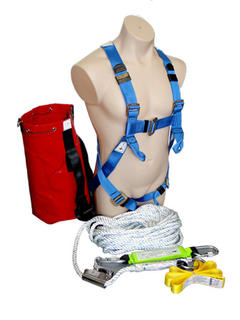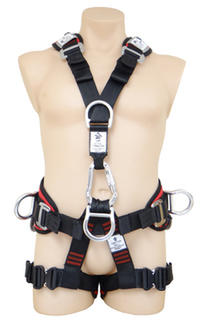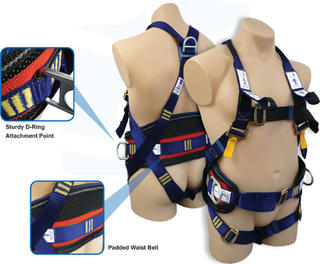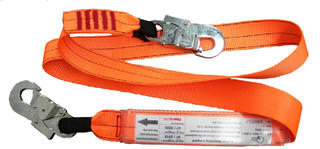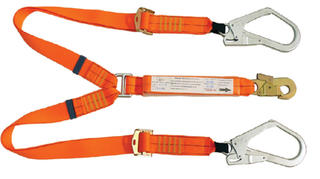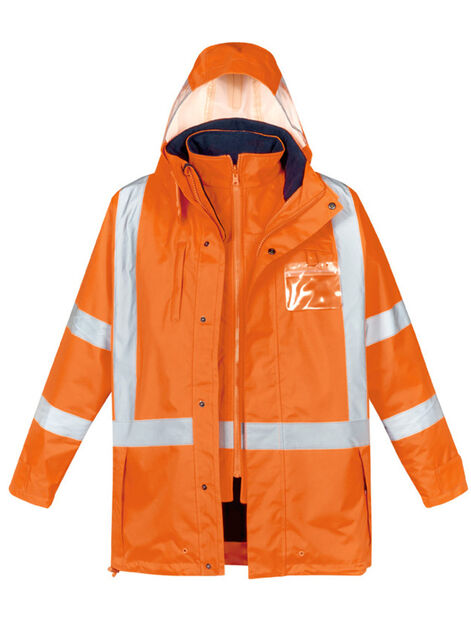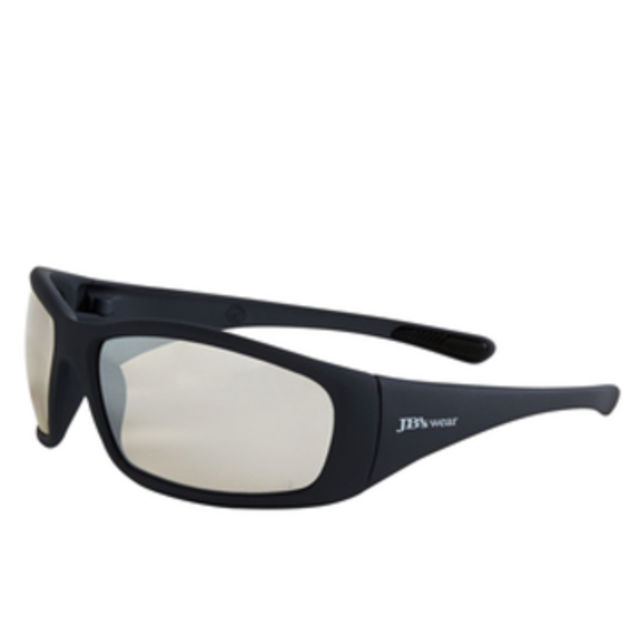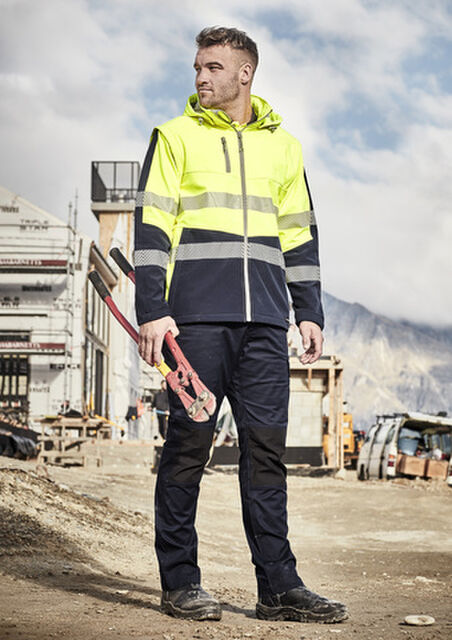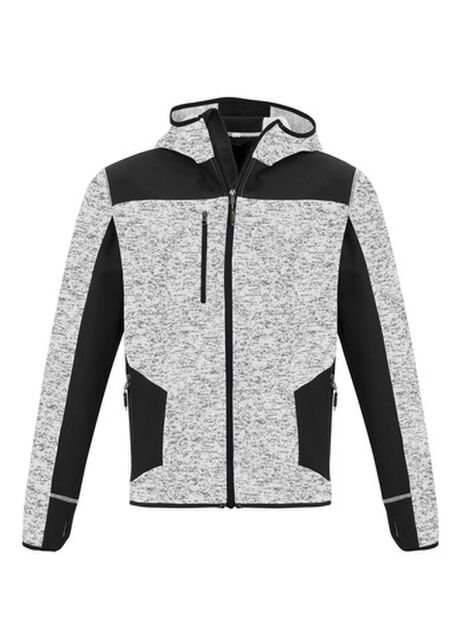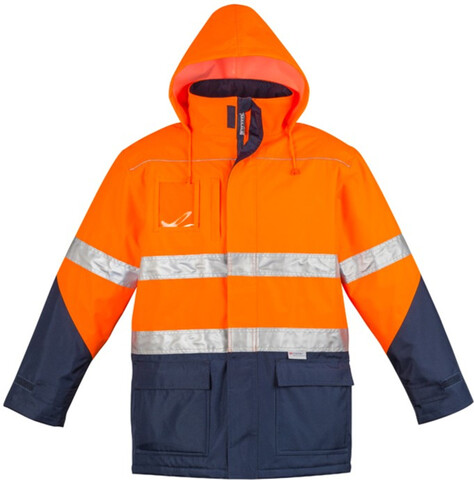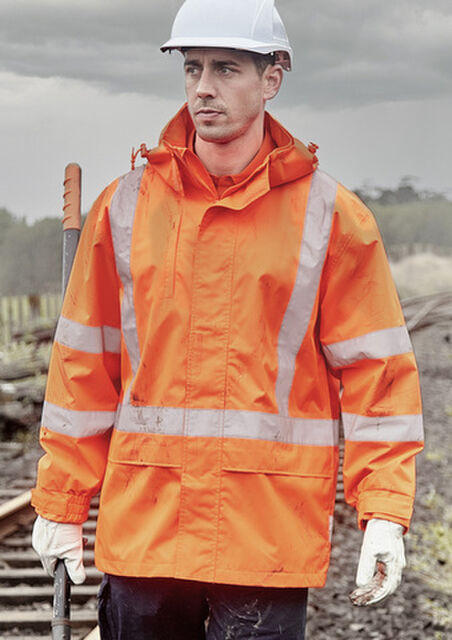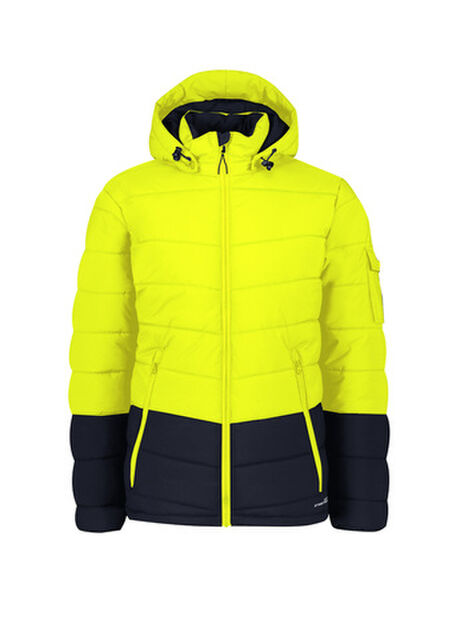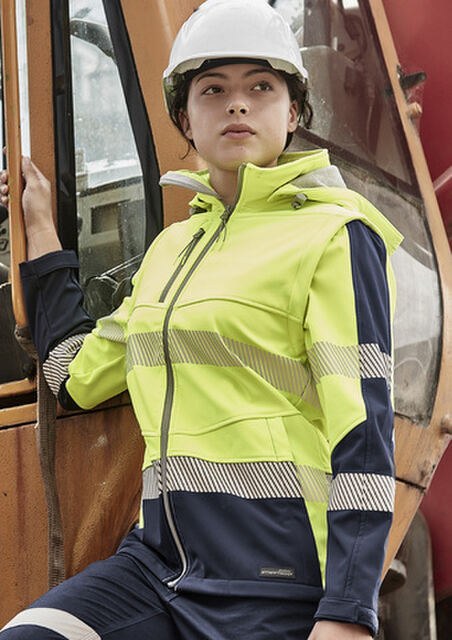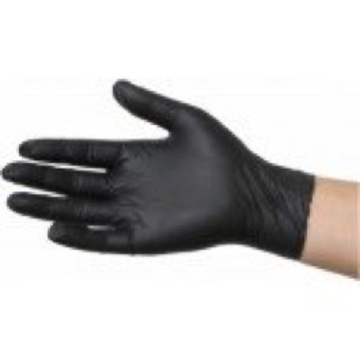Using the correct equipment is just as critical as the planning itself. Depending on the task, this might include:
-
Full-body harnesses and lanyards
-
Fall arrest systems and anchor points
-
Ladders with safety feet and secure platforms
-
Guardrails and handrails for elevated areas
-
Personal protective equipment (PPE) like helmets and hi-vis gear
All equipment should meet relevant Australian Standards (like AS/NZS 1891 for fall arrest systems) and be regularly inspected for wear and compliance.

